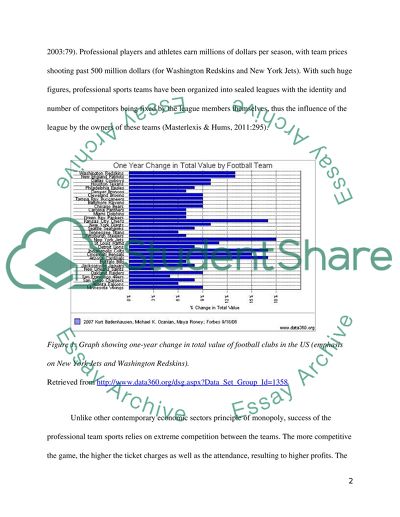Cite this document
(“Professional Sports Teams Essay Example | Topics and Well Written Essays - 2000 words”, n.d.)
Professional Sports Teams Essay Example | Topics and Well Written Essays - 2000 words. Retrieved from https://studentshare.org/macro-microeconomics/1439590-in-professional-team-sports-the-objectives-of-the
Professional Sports Teams Essay Example | Topics and Well Written Essays - 2000 words. Retrieved from https://studentshare.org/macro-microeconomics/1439590-in-professional-team-sports-the-objectives-of-the
(Professional Sports Teams Essay Example | Topics and Well Written Essays - 2000 Words)
Professional Sports Teams Essay Example | Topics and Well Written Essays - 2000 Words. https://studentshare.org/macro-microeconomics/1439590-in-professional-team-sports-the-objectives-of-the.
Professional Sports Teams Essay Example | Topics and Well Written Essays - 2000 Words. https://studentshare.org/macro-microeconomics/1439590-in-professional-team-sports-the-objectives-of-the.
“Professional Sports Teams Essay Example | Topics and Well Written Essays - 2000 Words”, n.d. https://studentshare.org/macro-microeconomics/1439590-in-professional-team-sports-the-objectives-of-the.


